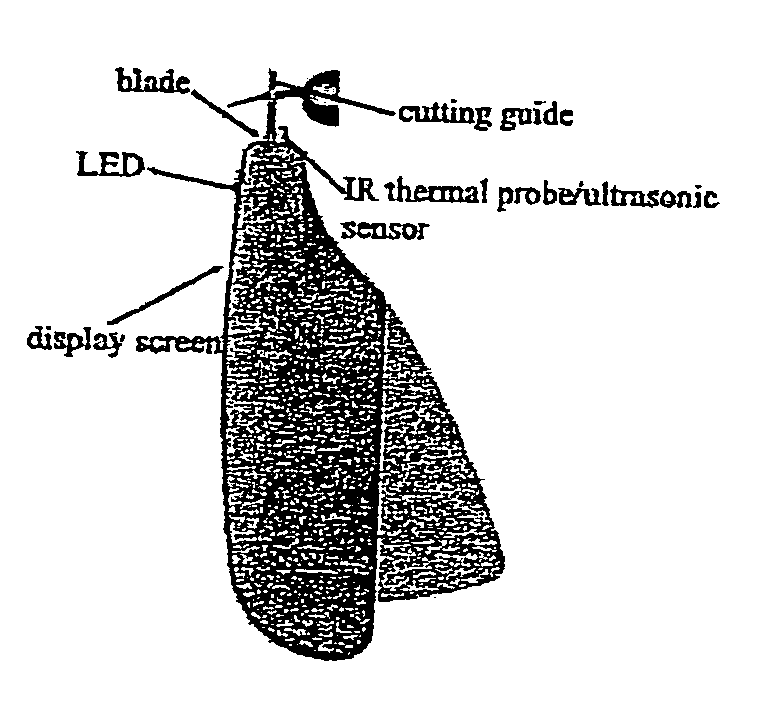Pet-safe nail and claw clippers
a clipper and claw technology, applied in the field of claw trimming, can solve the problems of not knowing exactly how short the operator cannot know exactly how long to trim the claw, and the length of the quick is not always constant, so as to achieve convenient, safe and quick positioning.
- Summary
- Abstract
- Description
- Claims
- Application Information
AI Technical Summary
Benefits of technology
Problems solved by technology
Method used
Image
Examples
Embodiment Construction
[0031]The invention and the various features and advantageous details thereof are explained more fully with reference to the nonlimiting embodiments that are illustrated in the accompanying drawings and detailed in the following description. It should be understood that the detailed description and the specific examples, while indicating specific embodiments of the invention, are given by way of illustration only and not by way of limitation. Various substitutions, modifications, additions and / or rearrangements within the spirit and / or scope of the underlying inventive concept will become apparent to those of ordinary skill in the art from this disclosure.
[0032]One advantage of the invention is its ability to provide accurate, safe and proper location to place the cut made to remove excess claw in said pet or animal. This invention may provide an integrated scanning device and system for conventional styled claw clippers including but not limited to those that incorporate traditiona...
PUM
 Login to View More
Login to View More Abstract
Description
Claims
Application Information
 Login to View More
Login to View More - R&D
- Intellectual Property
- Life Sciences
- Materials
- Tech Scout
- Unparalleled Data Quality
- Higher Quality Content
- 60% Fewer Hallucinations
Browse by: Latest US Patents, China's latest patents, Technical Efficacy Thesaurus, Application Domain, Technology Topic, Popular Technical Reports.
© 2025 PatSnap. All rights reserved.Legal|Privacy policy|Modern Slavery Act Transparency Statement|Sitemap|About US| Contact US: help@patsnap.com



